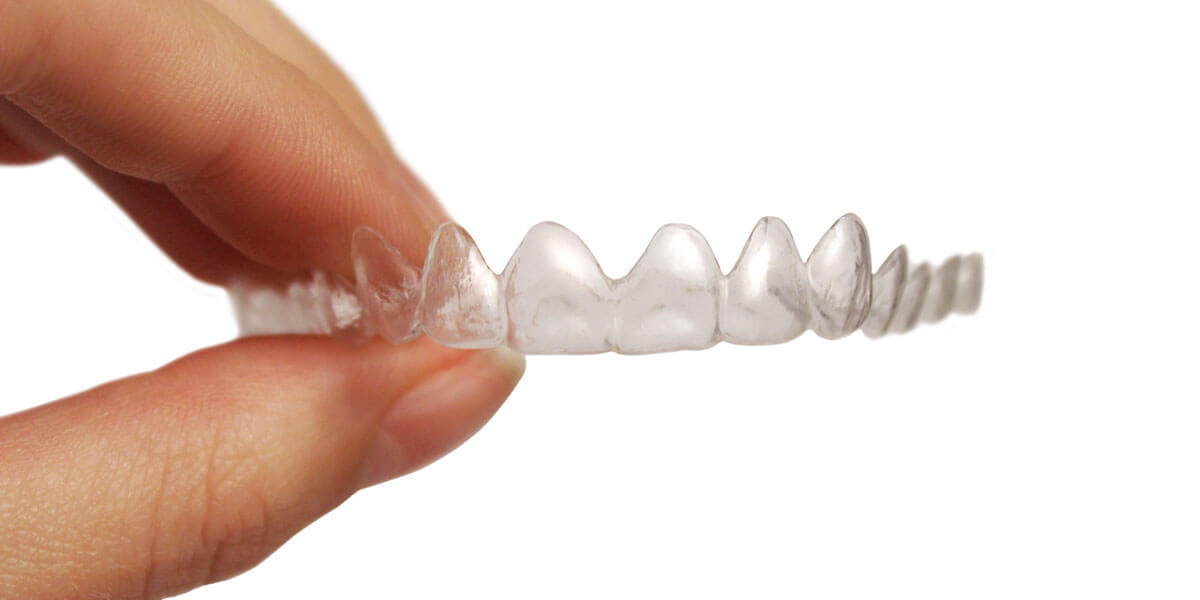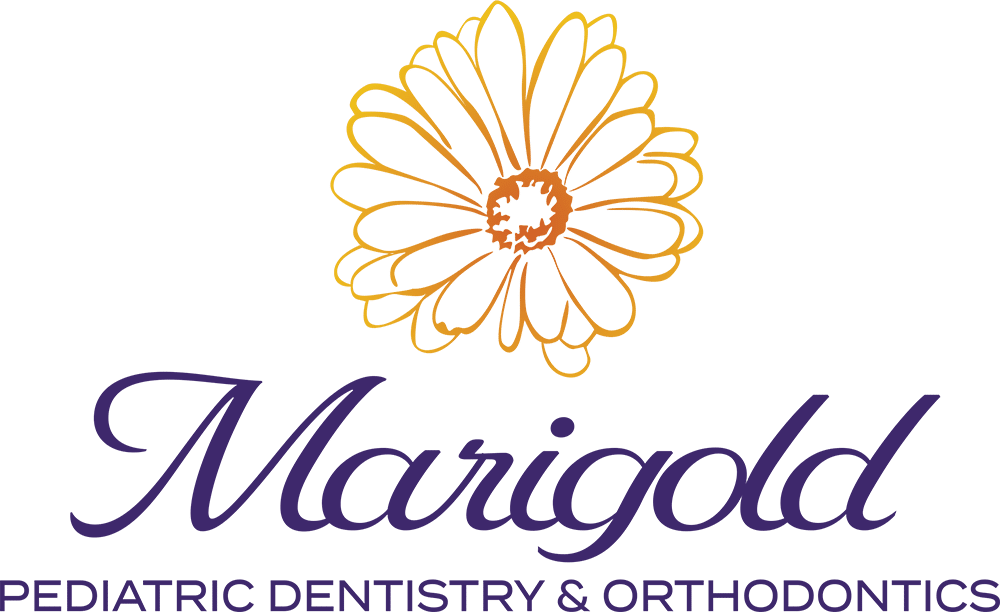Orthodontic Phases of Treatment




Phase I Treatment
Often, preparation of the teeth is necessary before braces can be considered. Phase I treatment usually takes places between the ages of 7-11 and can involve appliances that create space in the mouth and correct bite problems while growth is still occurring. This stage is generally completed early, while patients still have mixed dentition (baby teeth and adult teeth).
Phase II / Adolescent Treatment
Phase II typically occurs during adolescence because around ages 11-13 is when most patients have lost all of their deciduous (baby) teeth and their permanent teeth have, for the most part, come in. Because rapid growth occurs during adolescence, it is easier to treat orthodontic problems.
Adult Treatment
Adult orthodontic treatment differs from adolescent treatment in primarily two ways. First, the jaws are done growing and developing, so changes in jaw structure cannot be made the same way as in a growing child. Secondly, periodontal (gum) disease, which is more prevalent in adults than in children and teens, must be addressed and care taken to prevent the development or progression of gum disease.
Retention
Once treatment is complete, a retainer is worn for a period of time, usually just at night. The retainer helps maintain the new smile and also allows for small adjustments, if needed, once the braces have been removed. Dr. Turchetta will go over the options with you and provide specific instructions on the use of your retainers.

